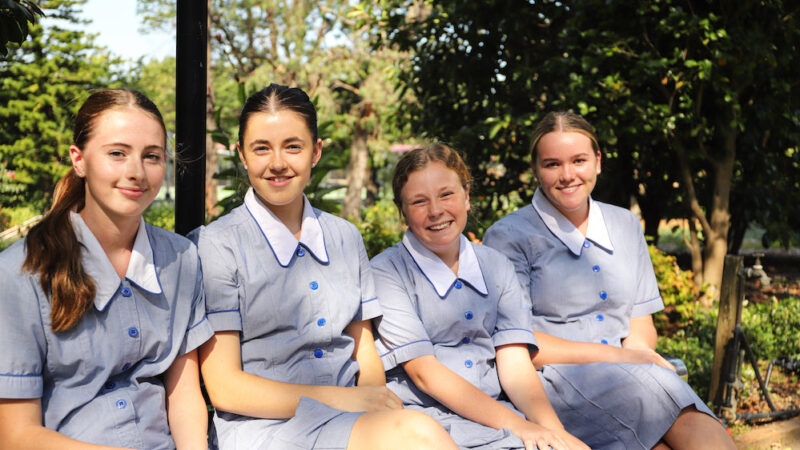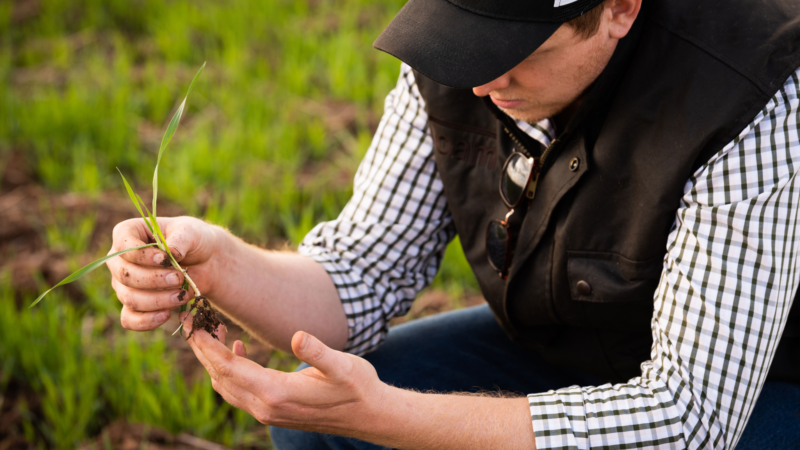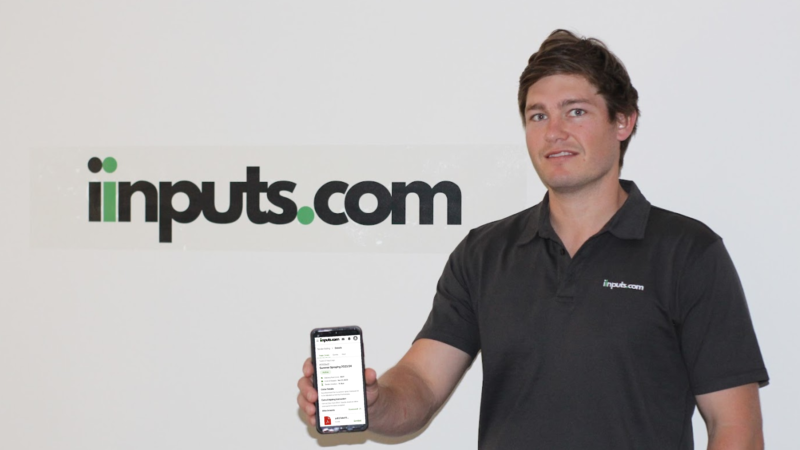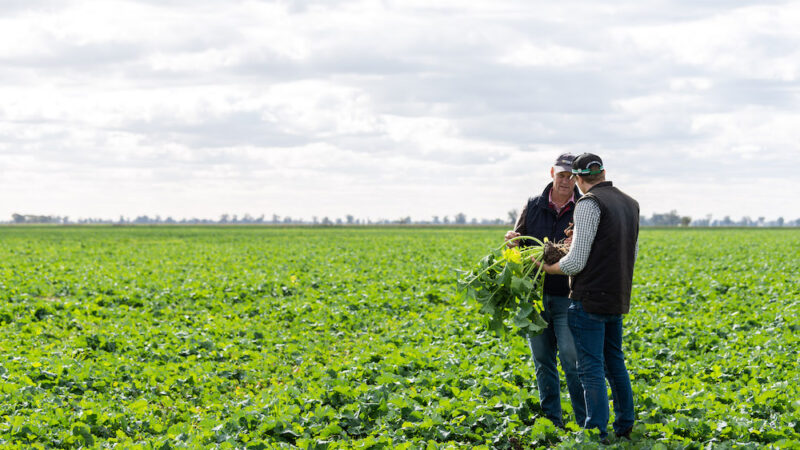Murray Barbless Safe-Twistwire � a Win Win for Stock and Wildlife
�If doing things differently saves the animals, I am all for it. At the same time, I am in the business of farming. My main concern is keeping cows secure so they don�t get out and on the road. That is risk number one. If something doesn�t work for the cattle, I won�t touch it.�

When Lisa Remilton first heard about the prospect of a new wildlife wire and fencing system, she thought it was a great idea.
�We are on the edge of the rain forest. There are so many animals around us: cassowaries, echidnas, wallabies, bats, and other wildlife. If doing things differently saves the animals, I am all for it. At the same time, I am in the business of farming. My main concern is keeping cows secure so they don�t get out and on the road. That is risk number one. If something doesn�t work for the cattle, I won�t touch it.�
The fence system uses a new Murray Barbless Safe-Twist wire, an Australian-made barbless twisted wire, which runs along the top and bottom lines instead of a full four- or five-barbed wire fence. It is designed to meet the critical farming needs of cattle containment and draws on expert knowledge of wildlife behaviour. Data from local wildlife rescue hospitals suggests 86 per cent of entanglements occur on the top wire.�
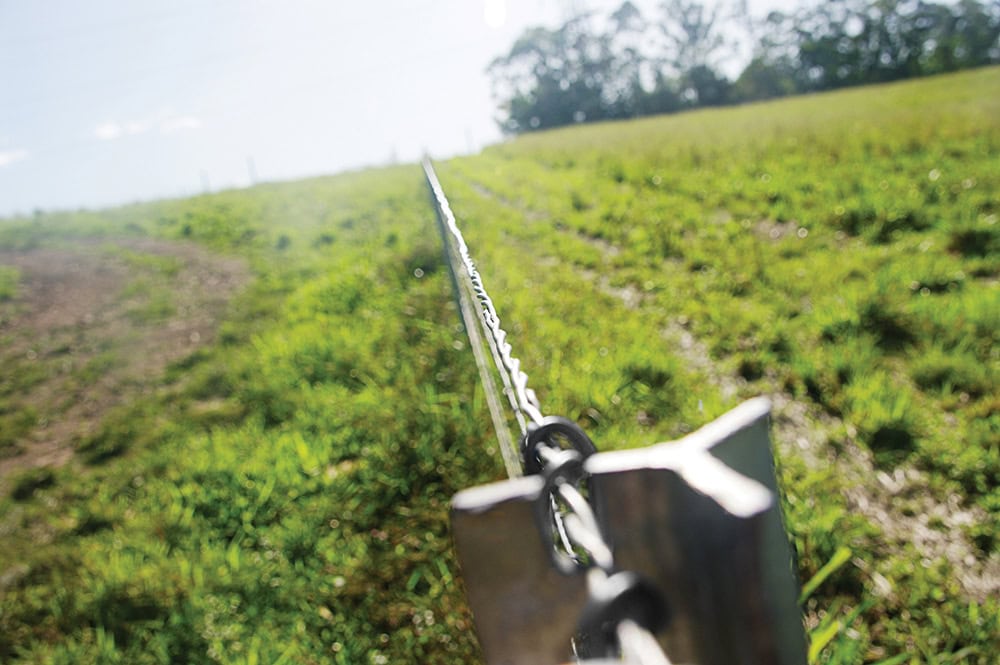
Lisa and Courtney Remilton have been farming in Mission Beach, Bingil Bay in the Cassowary Coast Region for the last 12 years. They are using the new Murray Barbless Safe-Twist wire along a raceway and paddock where it gets well-tested by Lisa�s cattle as they�re driven to the yards.
The installation is part of a collaboration between Whites Rural and the C4 Community and Coastal Cassowary Conservation group to test a new wildlife-friendly fence. It has been a successful trial, with the new Murray Barbless Safe-Twist wire delivering a trifecta for people, cattle, and wildlife.
C4 Habitat Coordinator, Ian Shankly worked with Lisa and Courtney, and the Whites Rural business, to create a fence which worked for farmers and fencers first. Ian explains his approach was to first ask Lisa what would work for her and her cattle. �After we satisfied that, our job was to make the wire and fence work for the wildlife. We were successful.�
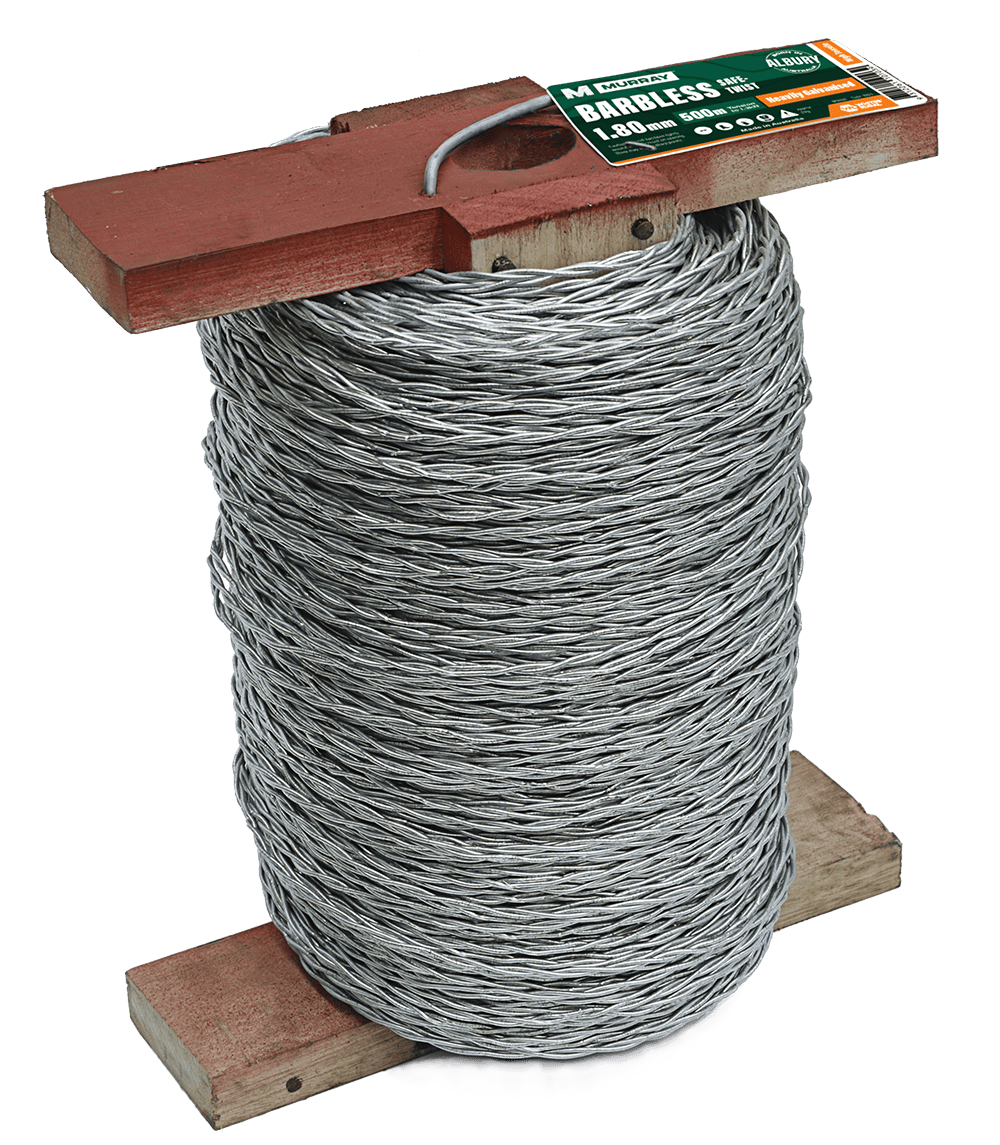
Lisa says it has been great so far. �We�ve had no problems and no cows have got out. The only difference is that we are not getting any bats caught. It also looks pretty good, and it is easier to work with.�
�Sometimes people don�t necessarily think of the wider implications of what they do in their business operations, but if this new way of fencing is not jeopardising cattle, why wouldn�t you do it?
To be honest, I think you can get attuned to a standard way of doing something. For example, when you build a fence, you just do it how it has always been done but really, there�s no need to have barbed wire across all the lines.�


